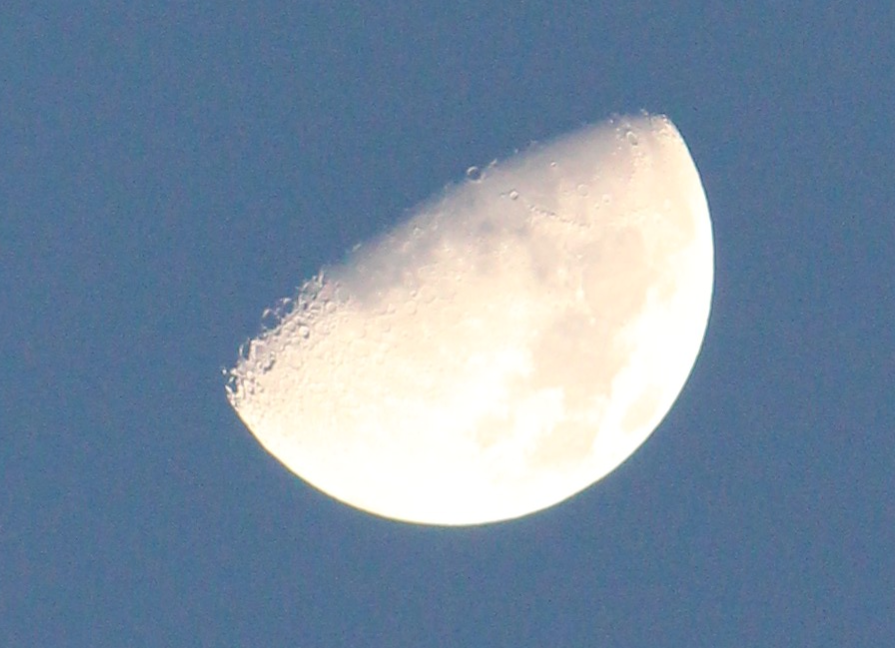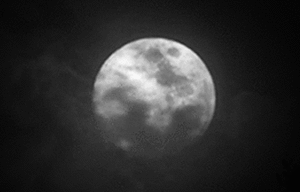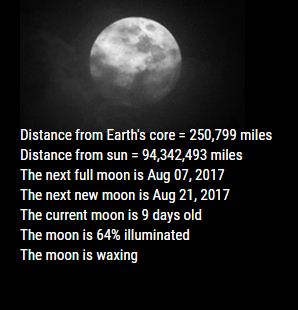Read the statement by Michael Teeuw here.
MMM-Lunartic
-
Notice from the USNO api for MMM-Lunartic
“This US Naval Observatory Website is undergoing modernization and will be offline starting Thursday, 24 October 2019. The expected completion of work and return of service is estimated as 30 April 2020.”
So, hopefully, the module will be back to normal soon.
-
@Mykle1 Super… thanks Mykle
-
This post is deleted! -
What a surprise! The USNO api has not resumed normal operations by the expected completion date. I’ll keep checking the site but it’s anyone’s guess now. :(
-
So, I went outside just as the sun was setting a little while ago and noticed the sky had cleared (it has been raining for days) and the moon was shining brightly. Ran inside, got my camera, click!

-
From the USNO website.

:(
-
@Mykle1 can’t help myself.
-
@sdetweil
:thumbsup: -
@Mykle1 Ohh no:disappointed_but_relieved_face:
-
I found this very interesting.
“You’ve never seen the moon like in this ‘all terminator’ image (and you never will).”
"Shadows creep down the banks of every crater on the near-side of the moon, highlighting the pockmarked face of Earth’s gravitationally-bound buddy with a clarity never before seen.
According to photographer Andrew McCarthy, who posted the stunning image to his Instagram in April, there’s a simple explanation for the unprecedented level of detail in his work — this lunar view is actually “impossible.”
“This moon might look a little funny to you, and that’s because it is an impossible scene,” McCarthy wrote on Instagram. “From two weeks of images of the waxing moon, I took the section of the picture that has the most contrast … aligned and blended them to show the rich texture across the entire surface.”
The high-contrast section of the moon that McCarthy referred to is called the “lunar terminator” — the long line in the sand (or regolith, if you prefer) that divides the moon’s Earth-facing side between darkness and light. This terminator line moves around constantly depending on the phase of the moon, revealing or concealing new sections of the lunar surface each day. Because the terminator line heightens the contrast between the light and dark sides of the moon’s face, shadows look elongated and intensified in craters closest to the terminator.




